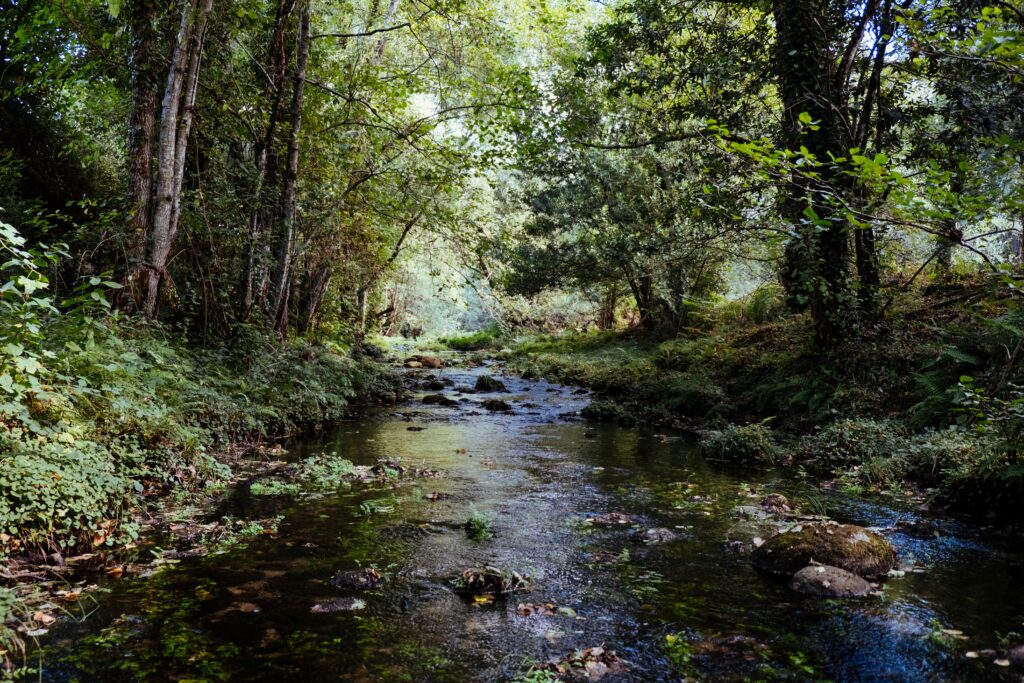
When it rains, it takes a couple hours to register in the stream that runs beside our house. After the rains stops, it can take a whole day before the levels in the stream go down. In fact, sometimes the stream levels rise after the rain has stopped.
We refer to it as the stream lag in our house. We talk about it because the stream can be dangerous even though the rain has stopped.
We see these lags in many areas of our lives. The most prominent one at the moment being the lag between people voting and votes being counted. Many diseases have a lag between a person becoming infected and showing symptoms (e.g. COVID or cancer).
Sometimes the lag can be months, days, hours, or minutes. Food after cooked has a small lag time otherwise you burn your mouth.
And so it is true with data and digital. There is a lag time between the promise of digital transformation and the realisation of it or the realisation of harm. A lag between collecting data and its usefulness or harmfulness. Here in the UK, billions (yes, billions) have been spent on the Track and Trace app. But it still doesn’t work. And this isn’t a surprise to many.
Lag time tends to be predictable. Rain takes a bit of time to run off fields into streams that feed into the one beside our house. Mail in ballots take time to count. More invasive technology will lead to greater surveillance in our societies.
It’s the length of the lag time that often varies, not the outcome.

0 Comments